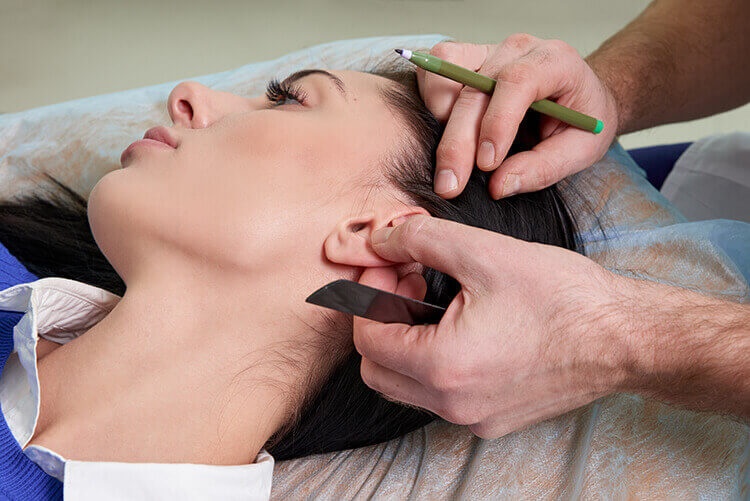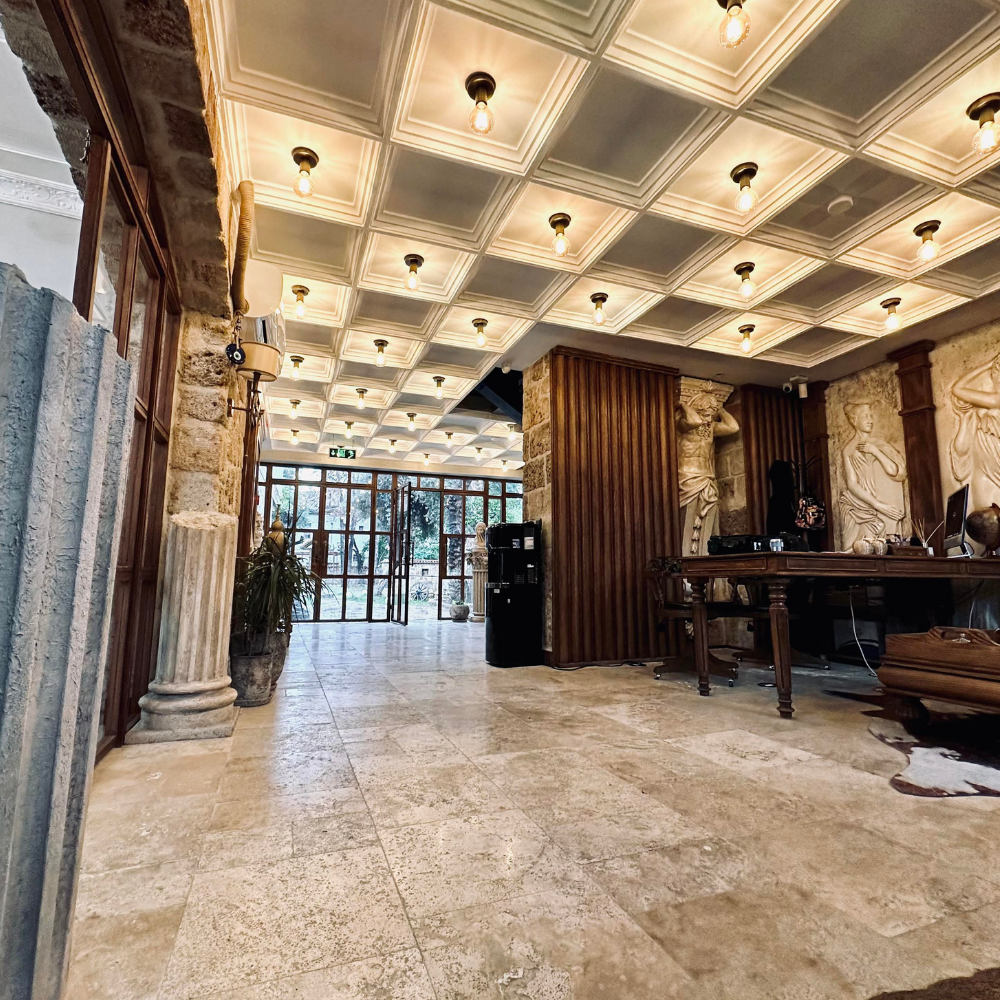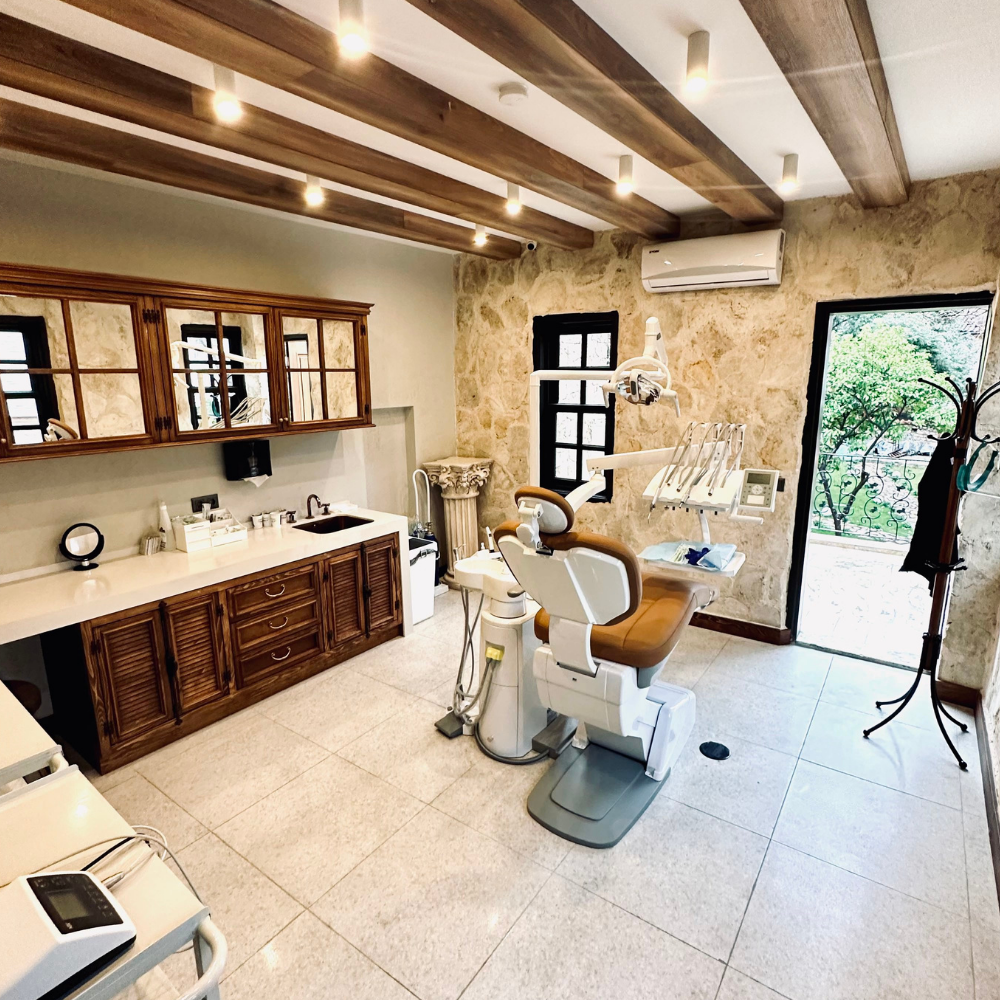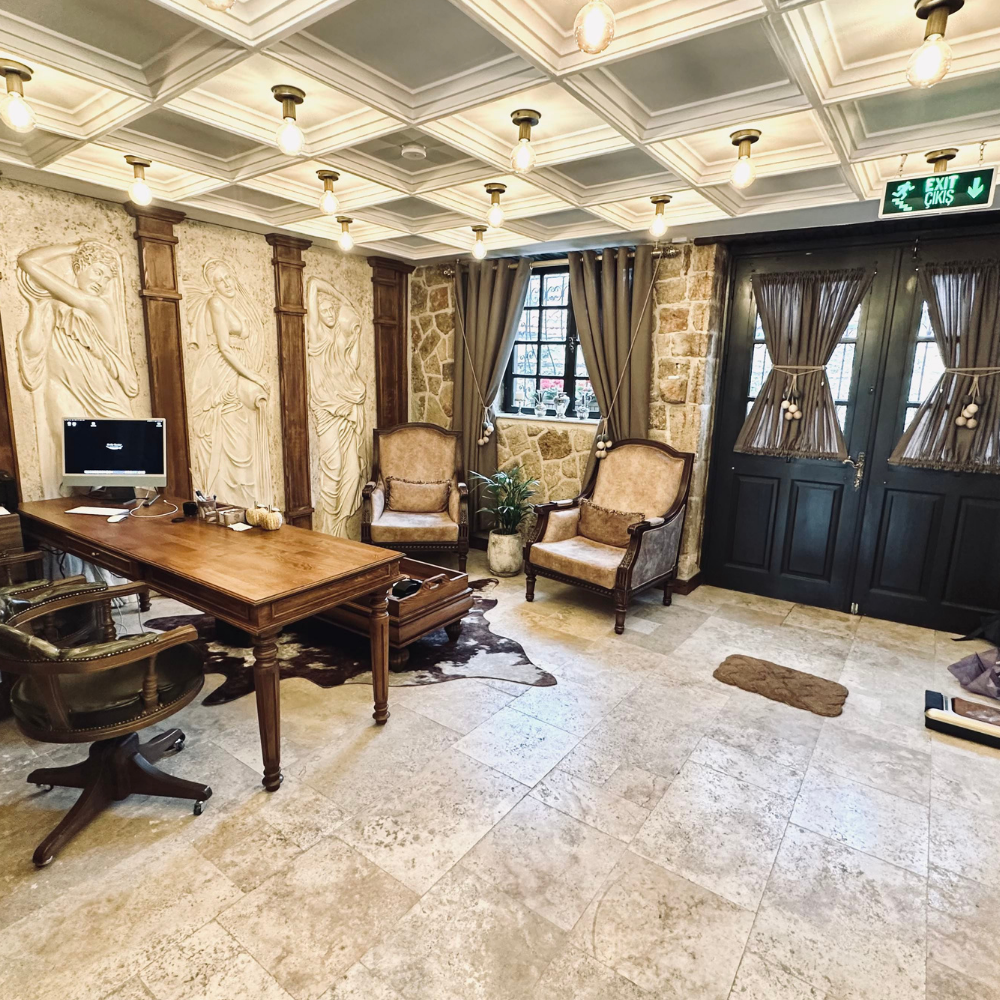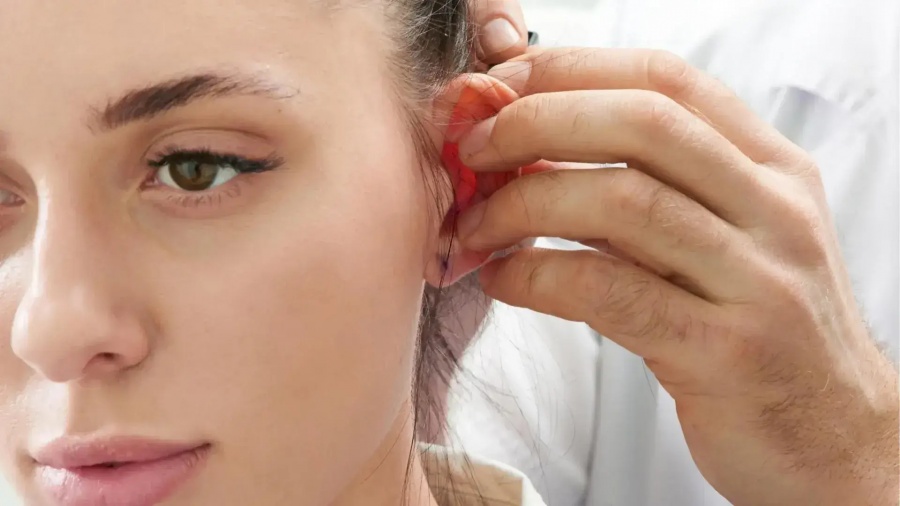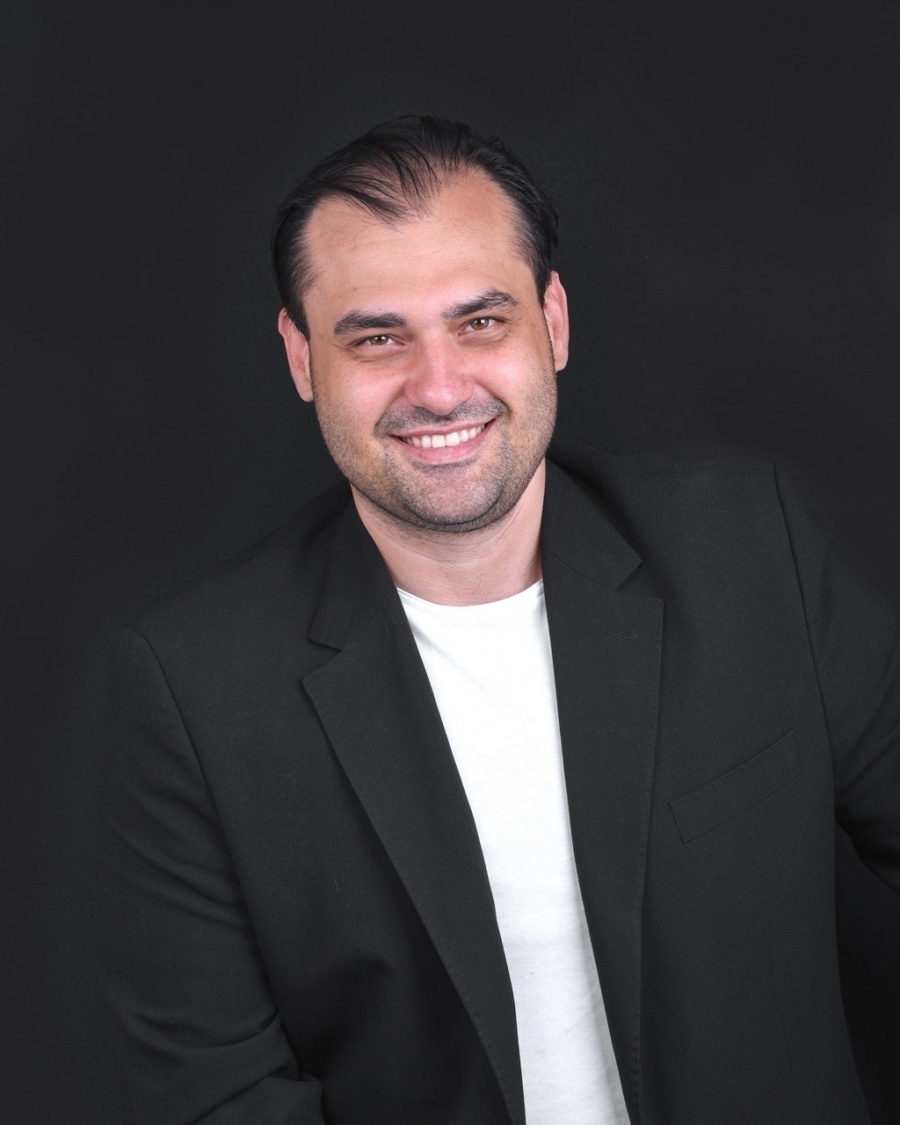Otoplasty Turkey
Ear correction surgery, also known as otoplasty or pinnaplasty, is a cosmetic procedure designed to alter the size or shape of the ears, particularly to pin them back if they protrude. While generally safe and yielding satisfactory results, it's essential to acknowledge potential risks and the associated costs. Otoplasty is commonly performed on children and young teenagers, although adults may also opt for the procedure.
The primary goal of otoplasty is to address ear-related aesthetic concerns, such as protrusion, and provide individuals with ears that better complement their overall appearance. The procedure involves reshaping the ear cartilage, commonly referred to as pinning back the ears, to achieve the desired look. It's noteworthy that otoplasty is typically not recommended for children under the age of 5, as their ear cartilage is still too soft for the procedure, and it's crucial for their ears to fully develop before considering surgery.


